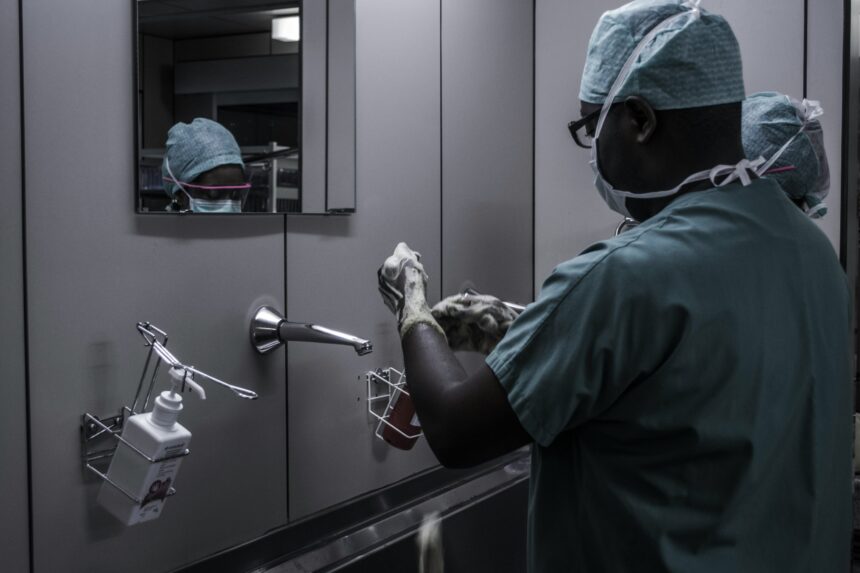Hospital-acquired infections are a serious concern for patients and healthcare facilities worldwide. Despite stringent cleaning protocols, dangerous bacteria can still lurk in hospital sink drains, posing a significant risk to patients with compromised immune systems.
A recent study conducted at a modern university hospital in Majorca, Spain, revealed that sink drains can harbor a diverse array of bacterial species, including known pathogens such as Pseudomonas aeruginosa and Staphylococcus aureus. These bacteria, some of which are resistant to antibiotics, can potentially spread to patients and cause serious infections.
The research team, led by Dr. Margarita Gomila, sampled six drains in each of the hospital’s wards over a year-long period. They found that the bacterial diversity in the drains fluctuated over time, with no clear seasonal pattern. The highest diversity was observed in the general medicine and intensive care wards, while the microbiology laboratory had the lowest number of isolates.
Of particular concern was the presence of antibiotic-resistant strains of P. aeruginosa, Klebsiella, and Enterobacter in the sink drains. These bacteria are part of the ESKAPE group, which are known for their ability to thrive in hospital settings and cause illness. Some strains even exhibited resistance to carbapenems, a class of antibiotics commonly used to treat multidrug-resistant infections.
The study highlights the importance of regular cleaning of hospital sink drains to prevent the colonization of harmful bacteria. However, the researchers emphasized the need to investigate the sources of these bacteria and their routes of transmission to develop more effective infection control strategies.
The findings of this study were published in the journal Frontiers in Microbiology, providing valuable insights into the role of hospital sink drains as reservoirs for antibiotic-resistant pathogens. By understanding the dynamics of bacterial populations in healthcare facilities, healthcare providers can better protect their patients from the risk of hospital-acquired infections.
For more information on this study, readers can refer to the original article published in Frontiers in Microbiology. The implications of these findings underscore the ongoing challenge of combating antibiotic resistance in healthcare settings and the importance of continuous monitoring and surveillance to safeguard patient safety.








